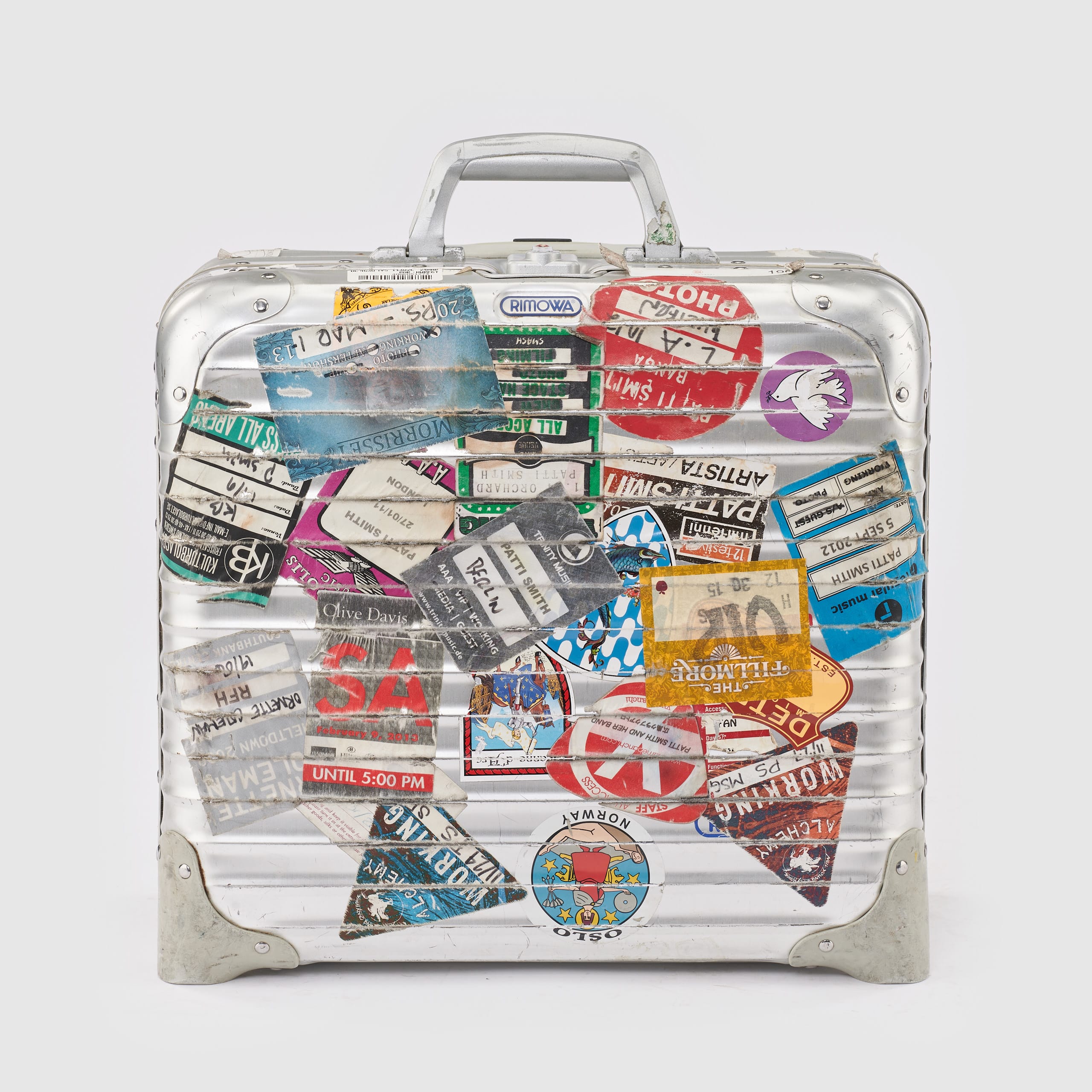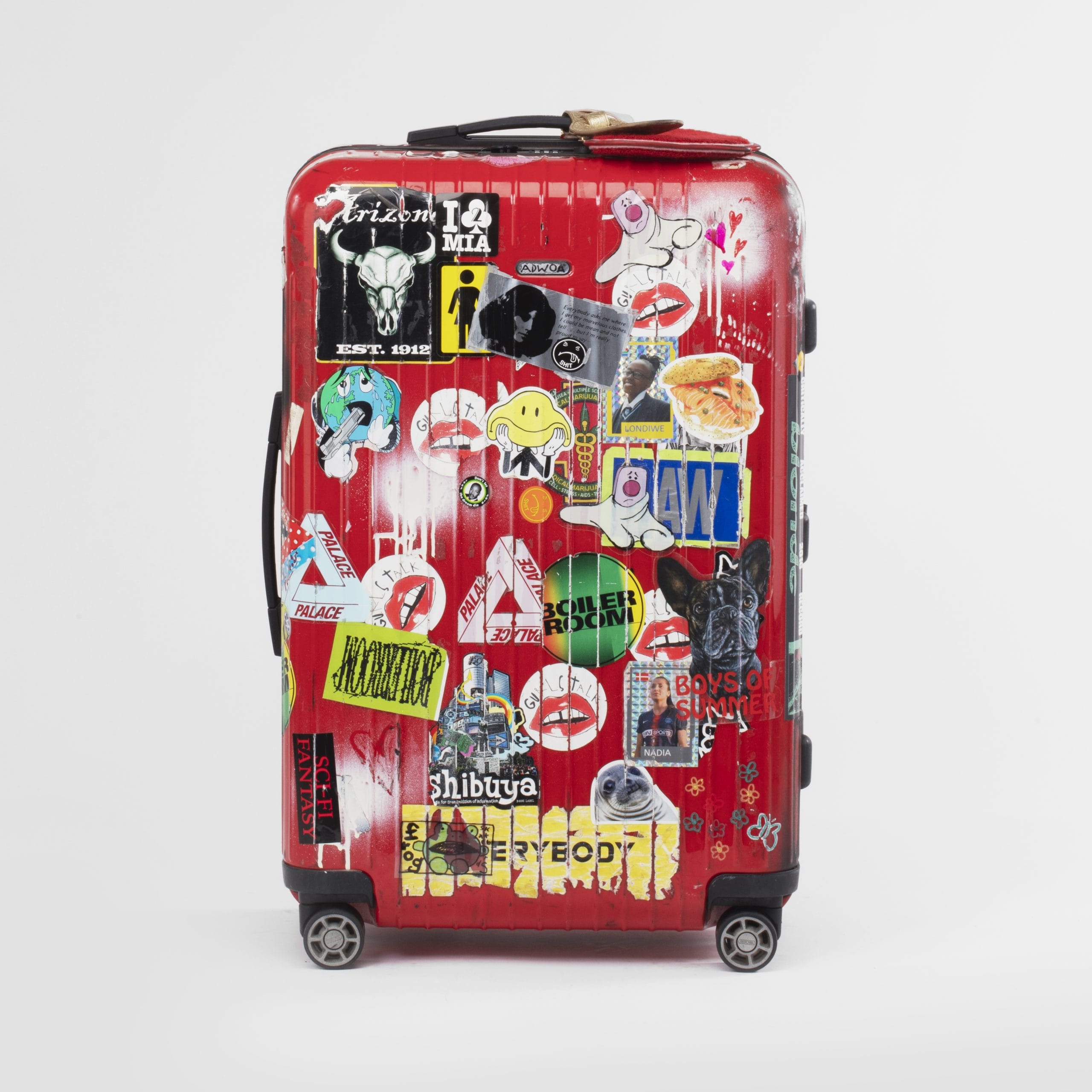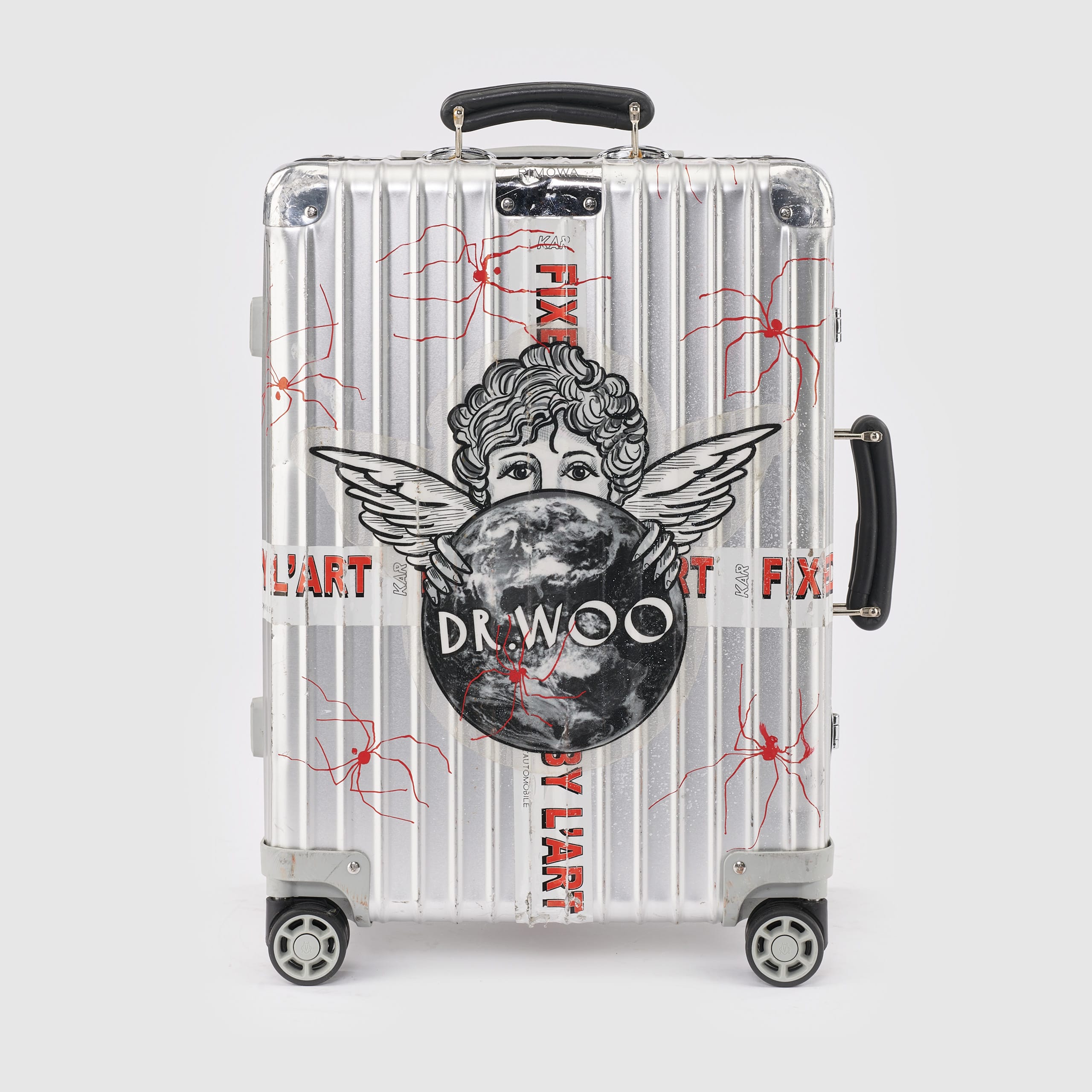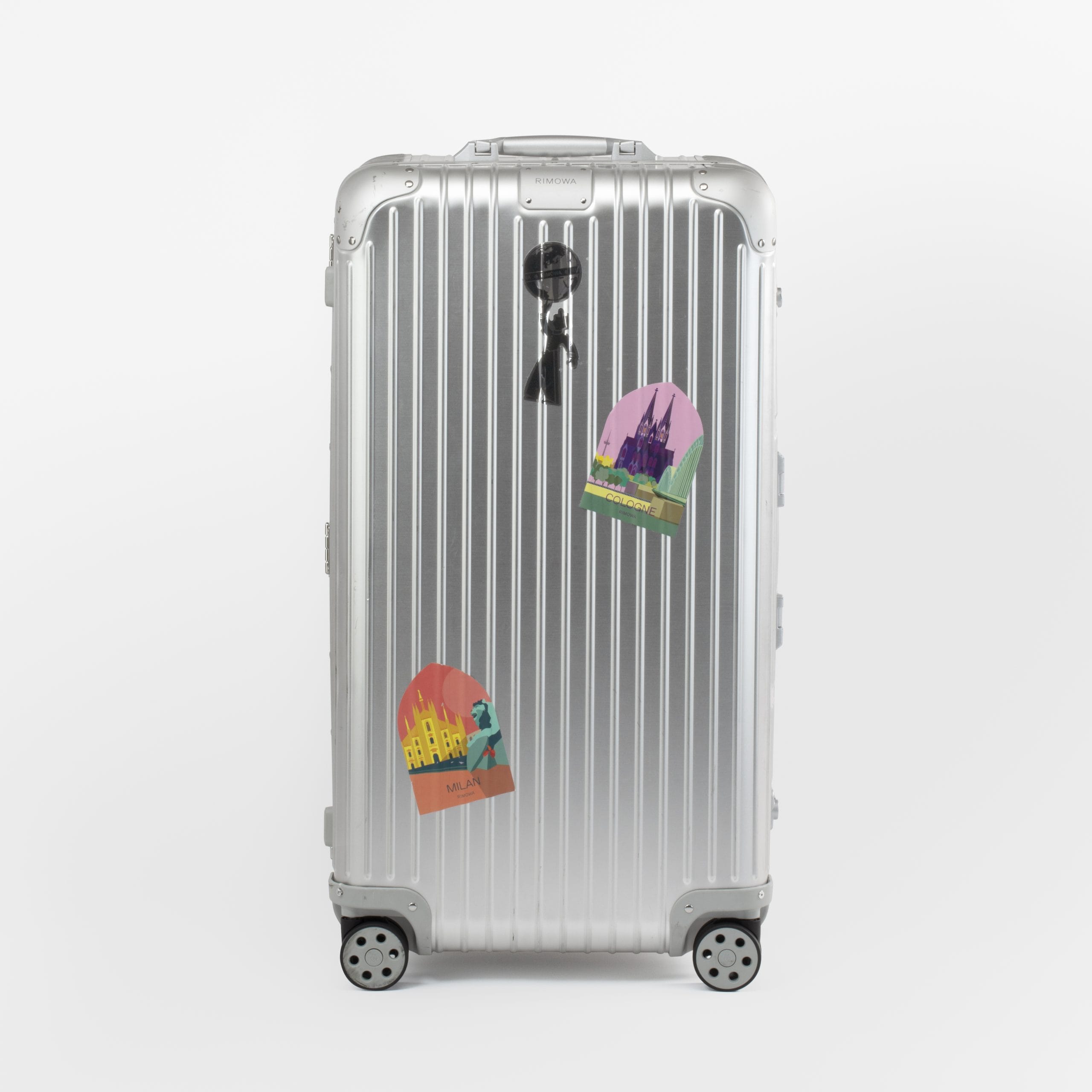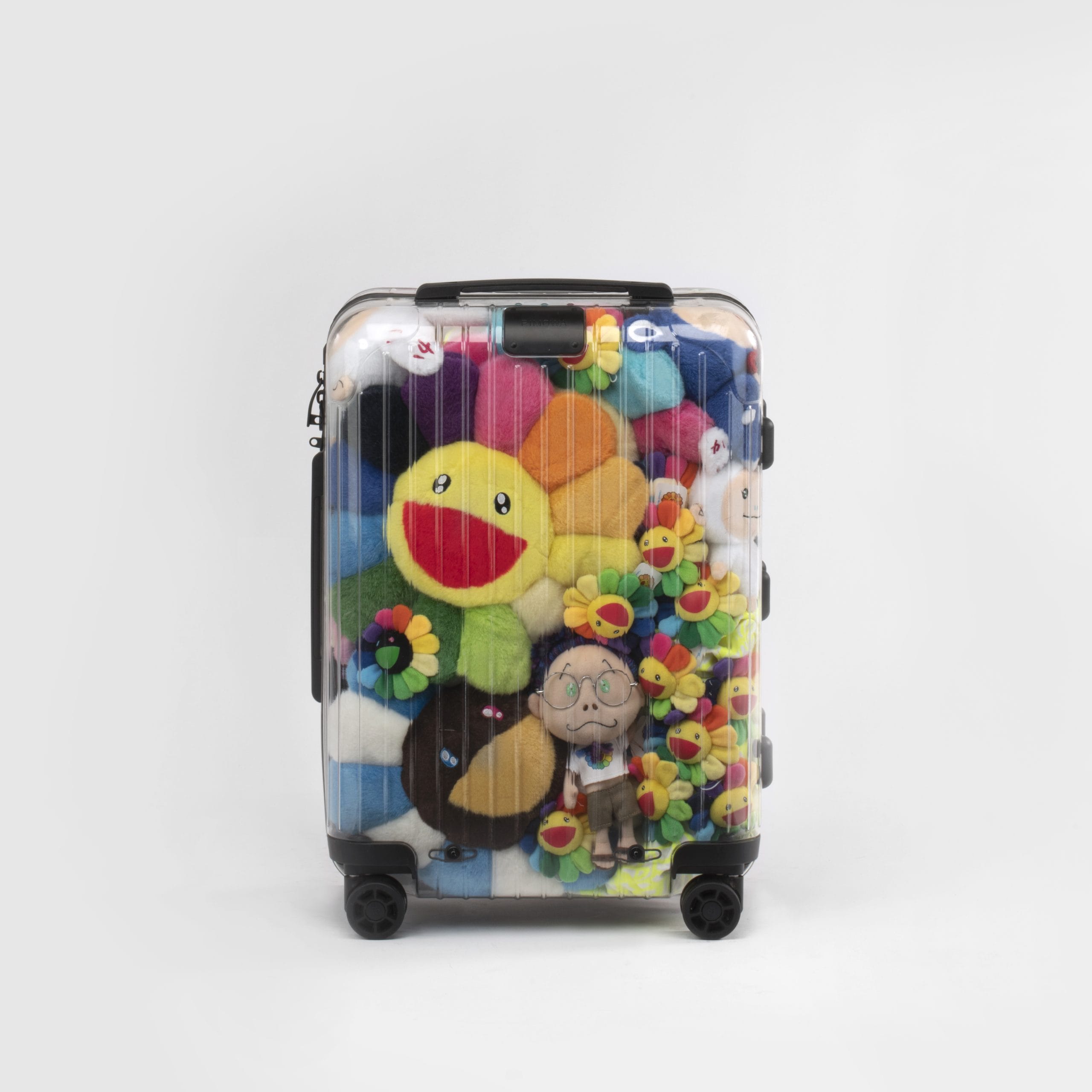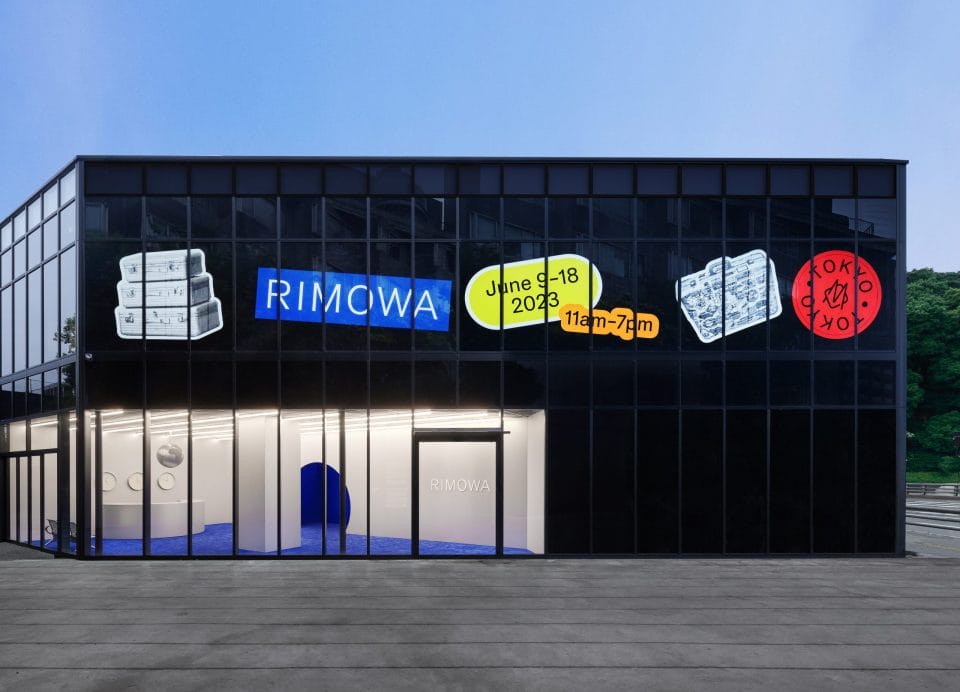 Emelie De Vitis — RIMOWA’s senior vice-president of products & marketing — gives a glimpse into the brand’s true purpose with collaborations and how it evokes more opportunities to improve innovation and quality in a post-pandemic climate at the recent RIMOWA SEIT 1898 exhibition in Tokyo.
Emelie De Vitis — RIMOWA’s senior vice-president of products & marketing — gives a glimpse into the brand’s true purpose with collaborations and how it evokes more opportunities to improve innovation and quality in a post-pandemic climate at the recent RIMOWA SEIT 1898 exhibition in Tokyo.
Often, a luxury brand rockets to the top of fashion news with a new collaboration. It typically transpires as such: the partnerships — commonly in the form of accessories made in tandem with a high-street brand — make their first appearance in a fashion show. Such announcements leave just enough imagination for the general public to contemplate before its actual release months later, where it will sell out in a guaranteed sweep. Today, collaborations are no more than gambits in luxury retailing; everyone appears to be in on it. Why not? The incentives outweigh the challenges. But at the heightened rate where such partnerships have become the “expected”, the term collab (short for collaboration) might have become no more than an inflated buzzword. It begs the question: could all the possibilities have been exhausted now?
However, RIMOWA makes a strong case against this. Having worked on collaborations before they became commonplace for most brands, diversifying through partnerships was about something other than trends or survival. Instead, they have weaved the importance of collaborations by writing it in its codes — a move supported by their relationship with creatives who have helped pivot the brand to its cult-like status. With these associations, RIMOWA wields it to its power. By offering their products as canvases with an unrestricted brief to established figures and brands green-lit by the pop culture scene, RIMOWA has amplified their most famous product — the aluminium & polycarbonate suitcases — to much widespread success. Some are high-profile, others gratifyingly disruptive — their most successful ventures include Supreme, Off-White, and most importantly, Dior.
Having left the industry enamoured with its unique approach, it becomes even harder to view the brand as a mere provider of travel solutions. While RIMOWA might consider their collaborations the apple of their eye, the brand has dug deeper into showcasing the cultural significance its products have on the public imagination. SEIT 1898 — an exhibition that will make three stops across the globe — compiles all of its history and most-famous collaborations in one place. With an ambitious opening in Tokyo, Japan last June before it makes its way to New York, United States and Cologne, Germany — might this just be where we turn another corner in the history of commercial collaborations? RIMOWA’s senior vice-president of products & marketing, Emelie De Vitis — who has been behind the creative partnerships — carves an opinion on what that might look like for the travel brand.
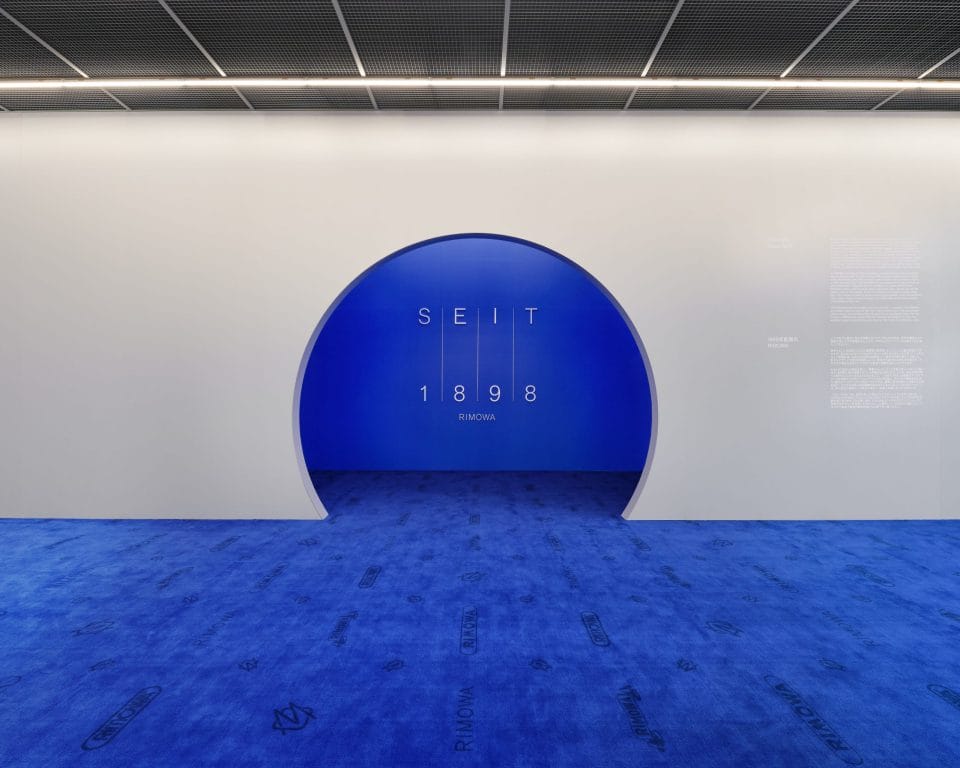 12pm (GMT+7), 9 June 2023, JING Harajuku, Tokyo, Japan
12pm (GMT+7), 9 June 2023, JING Harajuku, Tokyo, Japan
It’s a huge space, isn’t it?
I’m glad you said this because before I saw it live, I was worried that it would be small. But we’re at a culturally important area in Tokyo, so I think that sets the tone really well.
I don’t think we would ever get anything close to this back in Singapore.
That’s pretty nice of you to say. I’m just glad this is happening after months of planning. It’s truly amazing.
I’ll start with what I observed yesterday. Putting an object a brand logo on an object is quite commonplace today, but with RIMOWA, it feels like everyone is supposed to stamp their personality on it instead, as though they are the logos. Has that always been the case for its marketing?
What is unique about RIMOWA is its codes. They are very simple. In fact, we do not have that many, but they are highly recognisable. We constantly want to pay tribute to the original German design, which is all about being minimalist and pure. This is why you will find throughout the exhibition those common codes that have answered travellers’ needs. Creativity is so important to us that we have given carte blanche to artists to work on our products, come up with their own solutions or artistic interpretations, which I think is unique to RIMOWA; we would always give so much artistic freedom for interpretation.
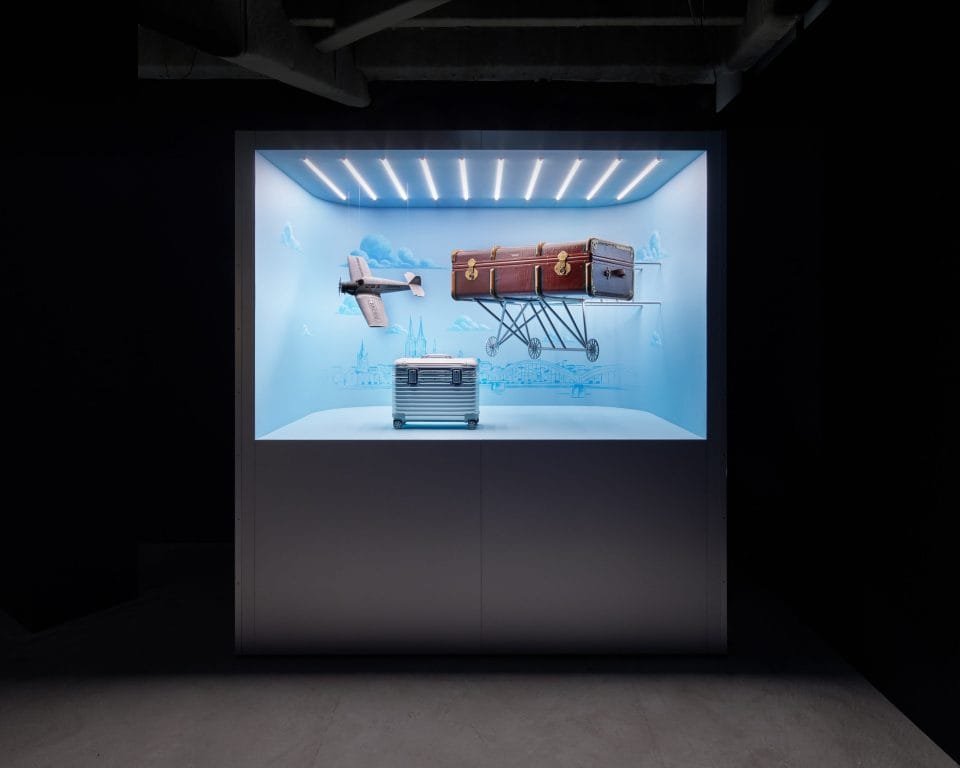 So it’s almost like a canvas?
So it’s almost like a canvas?
Yes, and it is amazing; we have done Volume One, which was about “here’s a suitcase, customise it however you want”, and that led us to have the Doublet suitcases — which are my favourite — but we have even gone so far and provided the components for interpretation too, and so it has been rebuilt as a house and pieces of furniture. RIMOWA does not take itself too seriously; we like to see how far people can take those codes.
Would you say it was also never just about travel?
RIMOWA is very closely associated with creatives. Yes, if I think about the Pilot case, for instance, it has been the suitcase of choice ranging from tattoo artists, makeup artists, DJs, and models — RIMOWA has been the luggage of choice for these people who travel a lot and want the best. I think it’s actually through artists that word of mouth started to spread. And you would always look up to an artist, perhaps because of how they look, which has been a huge impact for us.
Did this only come after the acquisition?
RIMOWA is always accompanied by all sorts of mediums and artists, so definitely not after the acquisition, it simply amplified from then. If you have a need, we’ll produce the case to help you. There’s a RIMOWA for everything, from cigar cases to champagne cases, it truly is limitless, and I think that’s the beauty of it. What we do always have to be functional because form follows function.
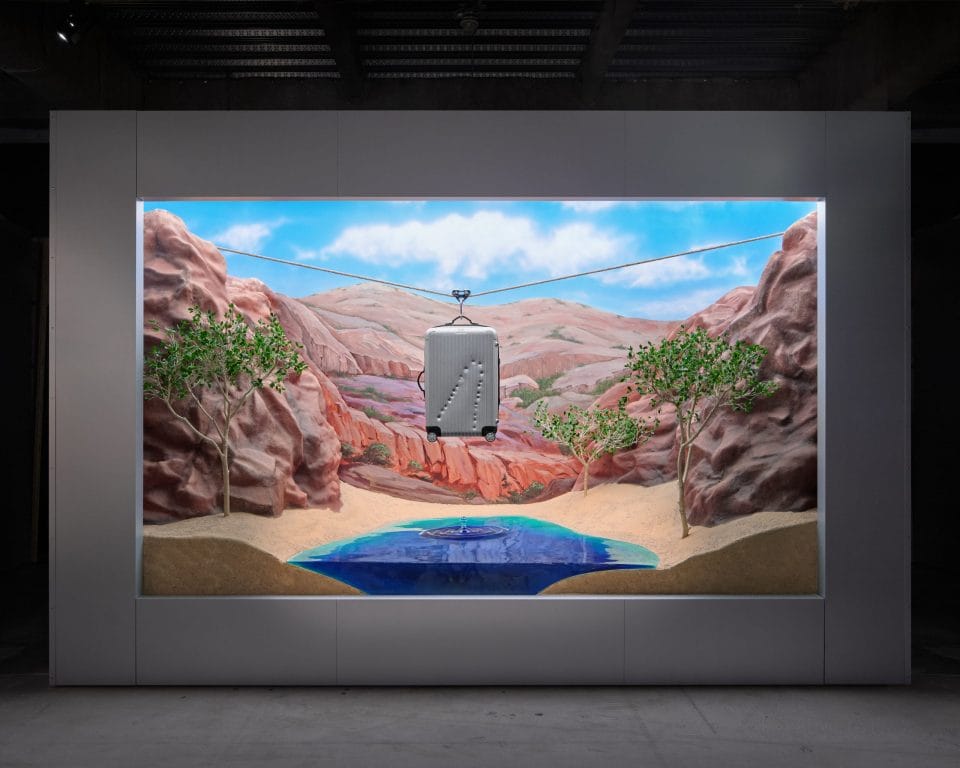
Now that the luggage is instantly recognisable, how does RIMOWA balance aesthetics and product innovation?
Well, that is a very good question. Whatever we do needs to be true to the brand’s design aesthetics. And that is why you see such a continuity. Throughout the decades, the design is always the same. What varies could be the materials or function. But the constant is product excellence. I’m not sure if you’ve been lucky enough to visit our factory in Cologne, Germany.
Not yet, tell me what is there.
It’s a mix of heavy machinery, and it determines excellence with insanely complex machines. But halfway through the process, a craftsman comes in, attaches the rivets, assembles the cases and then attends to another robot. It is a mix of both.
Quality comes first, I would assume.
Excellence and superiority are in the common denominator. And the brand would not be 125 years old if it had not been true to this determination. I was saying earlier. Whenever I’m travelling with my suitcases, sometimes it has a life of its own because it glides almost magically. The wheels are perfect; if you have had a RIMOWA you can never return to another suitcase because it feels like pure magic. Some people tell me aluminium is heavy, but we use the lightest. So you get durability and protection. And if you want to go for lightness, you have the Essential. So continuous improvement is absolutely key. Sustainability is key.
 What else have you guys tried that we might have yet to see?
What else have you guys tried that we might have yet to see?
I am not in a position to say much now (laughs), but we are working on lighter or new materials that will be more sustainable. We’re also working on limiting our waste when we produce a suitcase. These are all works in progress, and we are investing massively in research and development. So certainly, lots of new things are coming in.
That brings me to the next question. How do you think RIMOWA has changed the way people travel?
Well, it’s funny you say this because I would have said RIMOWA has accompanied travel in how it has evolved.
Their travels created the opposite effect?
It could be a bit of both. But if I were to think about the pandemic, what we did was recognise that people could not travel through airports. We had to quickly shift our gears and develop different products to cater to smarter problems. We accompanied travellers when they could not travel; that was when we emphasised the crossbody bags — or now, as we know them as the Personal. For example, LeBron James came to us and said, “I love my wine, and I want to carry twelve bottles when I travel.” And so we answered. It took us two and a half years to develop the twelve-bottle case you see in the exhibition. We gave him exclusivity because he helped us develop the product. But then we’re commercialising it, and it’s hugely successful. We offer options, but consumers constantly challenge us with what they want in return. It’s fascinating.
Then what about social media? I noticed RIMOWA advertisements on TikTok where a damaged suitcase is its main subject, and it gets repaired. It is a big contrast for a brand that strives for perfection. Was that the effect you guys were going for?
Yes. You know, some days your products look good, and then they do not. They get used. It’s educating people that the luggage looks cool and loved that way, and like they have had a life. Since our suitcases have a lifetime warranty, they are there for a lifetime of trouble. If we did not believe in the quality of our products, it would be pretty suicidal to offer a lifetime of repair (laughs). We are very confident that they can withstand the test of time. I think this is what clients expect nowadays. It’s not fast fashion, it’s real life, and you can build your stories around all the dents.
And what about Gen Zs? How are you guys targeting them?
We use influencers to help navigate that for us, especially with our future ambassadors, which we can’t disclose now. But what fascinates me is that we have launched an initiative where a used or damaged aluminium suitcase can be returned to our store in exchange for a store voucher. We then fix the suitcase and sell them again. The average age of the people buying these used suitcases is super, super low. For me, that’s a very positive signal that when you are talking to this younger demographic, it’s important to understand that they want to own something with history. They value the fact that it has lived before.
On top of that, we are also talking to this audience through our collaborations. We always try to recruit new clients who can relate to them. Every brand, of course, has to learn to do this.
And I think it goes hand in hand with vintage on the rise of Gen Z’s in the second-hand market.
They enjoy educating older generations. I see RIMOWA as a brand that fits in-between for Gen-Zs. We’re a brand that stands for purposeful travel. We’re not a wanderlust brand. If you’re going to travel with a RIMOWA suitcase, you are doing it with a purpose, for a reason, a sense of betterment. So that has to relate to our codes, and it has responded well to them. If travel has a role to play in their lives, then in that sense, we’d like to think we’re the partner of choice.
Once you’re done with this story, click here to catch up with our August 2023 issue.

